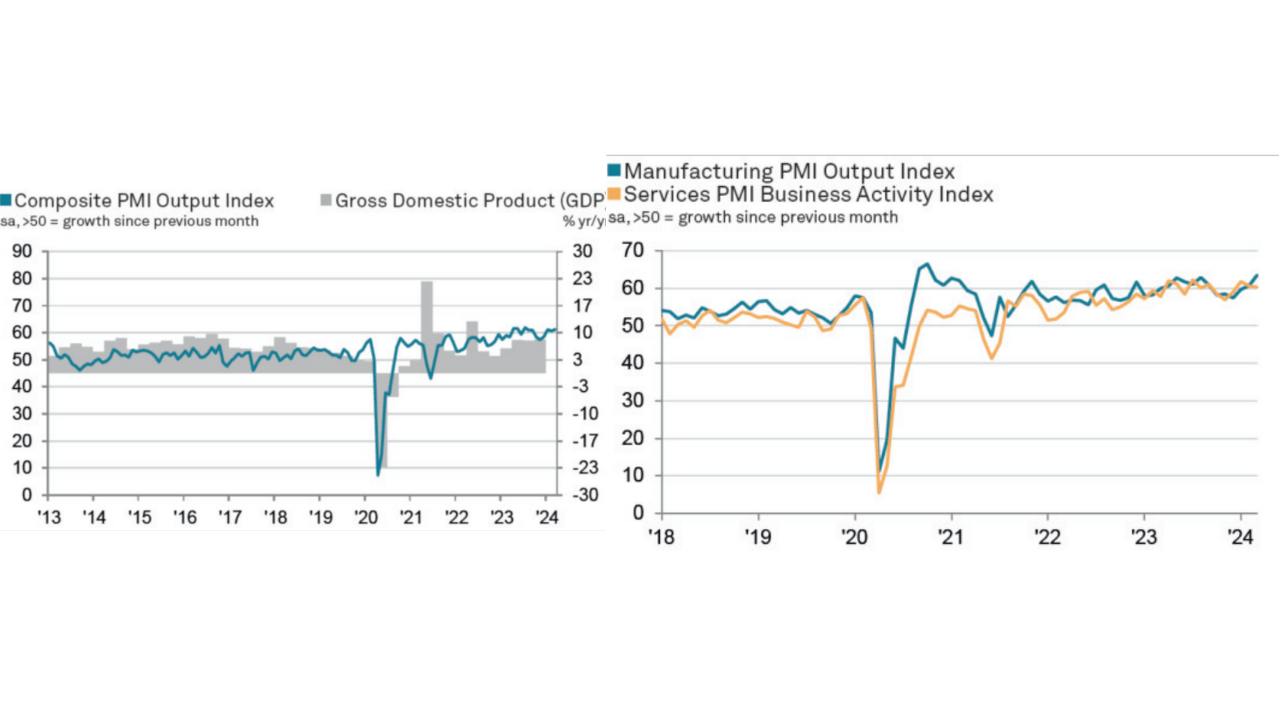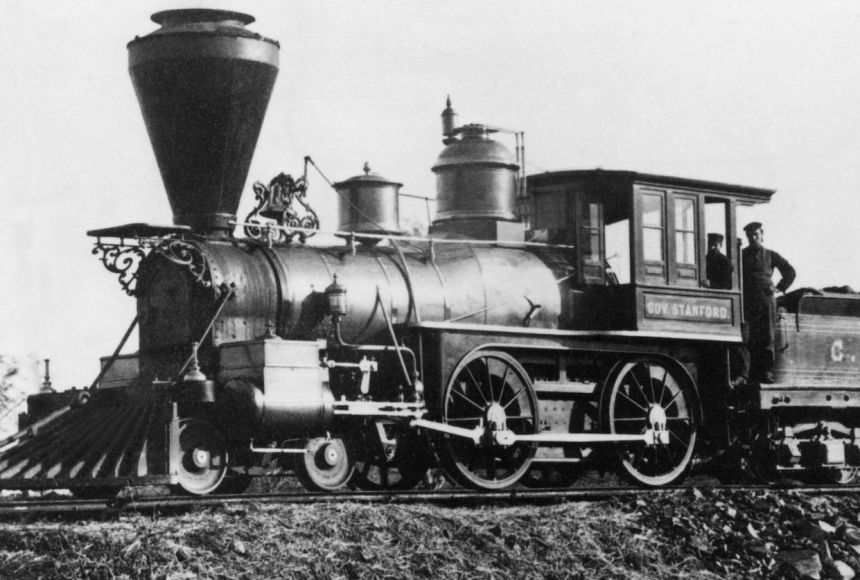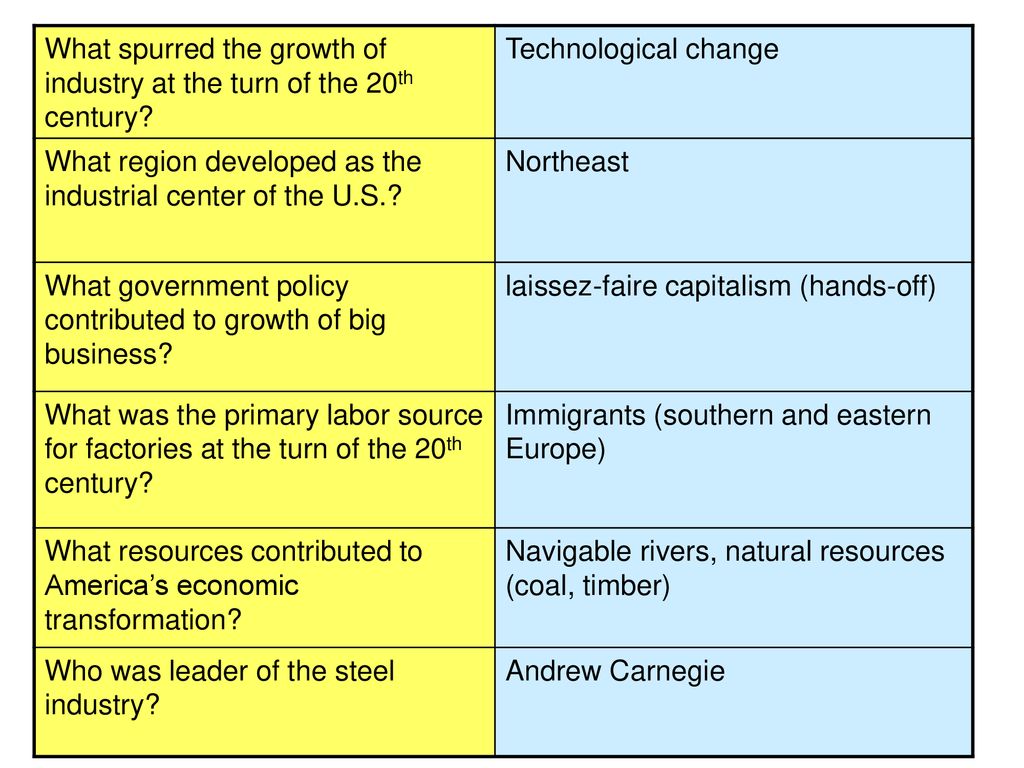Which Resource Spurred French Commercial Activity In America

The vast and often unforgiving landscape of North America, during the 16th and 17th centuries, held a siren song for European powers. But it wasn't gold, silver, or spices that initially drew the French across the Atlantic in significant numbers. Rather, it was a far more humble commodity, one that fueled both fashion trends and economic prosperity back in Europe.
The driving force behind early French commercial activity in America was, without a doubt, the fur trade. This trade shaped the contours of French exploration, colonization, and interactions with Indigenous populations.
The Allure of Beaver Pelts
The high demand for beaver pelts in Europe was the engine that propelled French interests in North America. Beaver fur was highly prized for making felt hats, a fashionable accessory among European elites. According to historical records from Library and Archives Canada, the beaver trade constituted over 75% of Canadian exports during the French regime.
The demand was so intense that it even contributed to the near extinction of the beaver in certain regions of Europe. This drove traders and explorers further westward, seeking new sources of the valuable resource.
The Coureurs des Bois and the Expansion of the Trade
The coureurs des bois, or "runners of the woods," played a critical role in expanding the fur trade's reach. These independent French traders ventured deep into the wilderness, often living among and trading with Indigenous communities. They became experts in navigating the terrain and negotiating trade agreements.
Their intimate knowledge of the land and its resources was invaluable to the French crown. Through these traders, France was able to establish a network of trading posts and alliances that extended far into the interior of North America. This is confirmed by the historical accounts of Parks Canada, which highlights the vital contribution of these individuals.
Impact on Indigenous Populations
The fur trade had a profound and often detrimental impact on Indigenous populations. While it initially created opportunities for trade and access to European goods, it also led to increased competition and conflict between tribes. The demand for furs led to overhunting, disrupting traditional ecosystems and hunting practices.
Furthermore, the introduction of European diseases, to which Indigenous peoples had no immunity, decimated populations and further destabilized communities. The fur trade transformed their economies and, in many cases, undermined their traditional ways of life.
Strategic Importance and Colonial Rivalry
The fur trade was not only an economic endeavor but also a strategic one. Control over the fur trade meant control over vast territories and access to valuable resources. This brought France into direct competition with other European powers, most notably Great Britain. The competition for control over North America would eventually lead to a series of conflicts, culminating in the French and Indian War, which resulted in France losing almost all of its North American territories.
The economic significance of the fur trade is well-documented in the historical analysis conducted by institutions like the National Museum of American History.
Beyond Fur: Diversification and Decline
While fur remained the dominant commodity for much of the early French colonial period, there were efforts to diversify the economy. Timber, fish, and agricultural products also contributed to French commercial activity in America, but they never reached the same level of importance as fur.
By the late 18th century, the fur trade began to decline in importance as beaver populations dwindled and fashion trends shifted in Europe. However, its legacy remains deeply intertwined with the history of French exploration and colonization in North America.
"The fur trade defined the early French presence in North America, shaping its exploration, colonization, and relations with Indigenous peoples. It was a complex and transformative force, with both positive and negative consequences."
The echoes of the fur trade can still be heard today in the names of towns and rivers, in the cultural heritage of many communities, and in the ongoing dialogue about the relationship between European settlers and Indigenous populations. It serves as a reminder of the profound and lasting impact of a seemingly simple commodity on the course of history.
















+vs+ROC+(Taiwan%3B+led+by+Chiang+when+Mao+beat+it+out).jpg)

